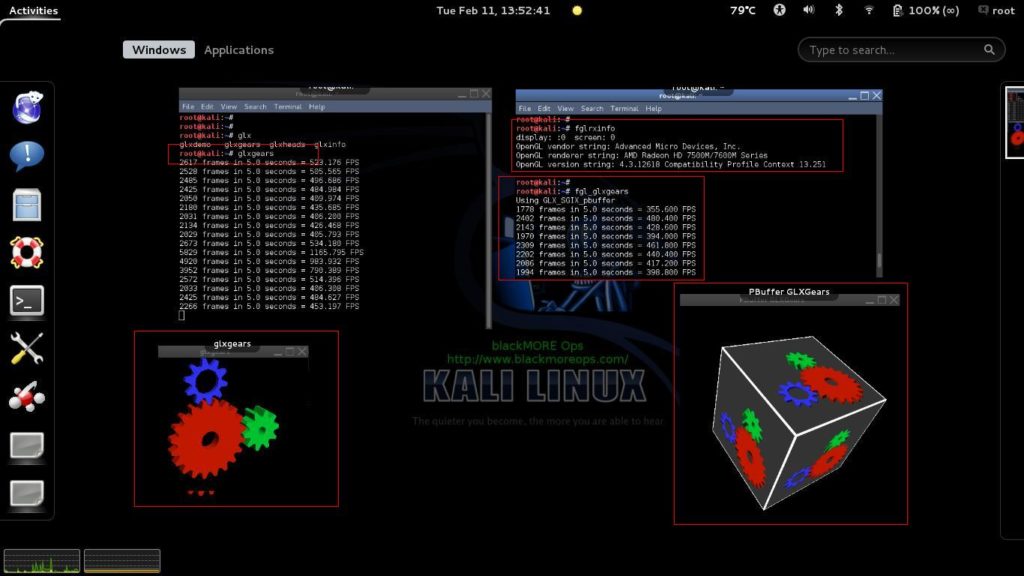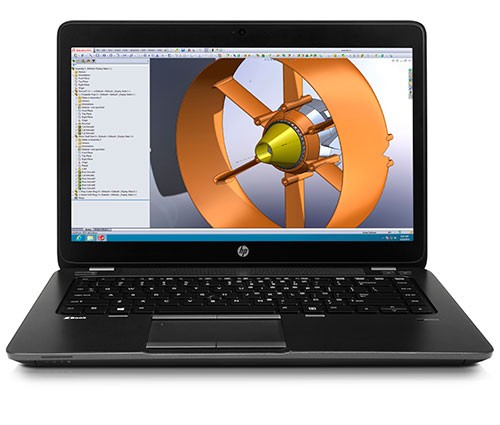Firepro Driver Hack
Been browsing the interwebs (and this subreddit) for info on exactly how graphics cards impact Solidworks, but I keep hitting contradictory information. On one hand, people say that you really need a certified graphics cards and that only the certified cards can run the drivers provided by Solidworks for better performance and stability. On the other hand, RealHack exists and others say the 'certified cards' are a waste of time and money, and are even several generations behind in hardware (which it seems like they are).So what's the deal?

Does RealHack do everything that Solidworks drivers do for normal cards? Could you install those Solidworks drivers on non-certified cards? Do graphics cards even play a big role in Solidworks performance, and at what level (part modeling, smaller/larger assemblies, simulation, rendering) do they play that role? Do they provide features that you can't get without the special drivers?This is a ton of questions but it seems like everything else is pretty clear (Faster clocks more cores, since SW is mostly single-threaded, more RAM because SW is a RAM-gobbler, SSDs for file-access speeds) so I was wondering why there was so much controversy over this. Certified cards get you real view. And then stability and performance because of the money out into driver r&d put into workstation cards.Solidworks will install without one. It will even work fine for most people without one.
Firepro Driver Hack Tool
Most people turn off real view anyways so no need to real hack.Comes down to what you are going to use it for. Normally on a pc? Spring for the right card.
Part timer user? Using ultrabook? Go with whatever you have and live with a couple of bumps in the road. RealView is the showiest, flashiest benefit of having a workstation graphics card instead of a gaming graphics card when running Solidworks, but frankly, it's the least important—and, as RealHack proves, one that takes very little advantage of the workstation hardware.The other benefits are smaller. Probably the biggest are better performance when using anti-aliasing, transparency, and doing edge-highlighting.
When dealing with large assemblies, workstation cards will perform significantly better than the equivalent gaming-focused card—although the gaming-focused card will still probably work fine in most scenarios, all things being equal.The only thing the graphics card effects in Solidworks are stability and visual performance—framerate when rotating a model, anti-aliasing, lighting, that sort of thing. If you're satisfied with RealView and ambient occlusion and any fancy lighting turned off, and don't use transparency much, your graphics card doesn't matter much at all.One of the biggest selling features of Nvidia's workstation graphics cards is something called 'CUDA,' an implementation of GPGPU—general purpose computing on graphics cards.

It's great for everything from compressing video or rendering video processing effects to working with encrypted files to doing fluid dynamics simulations. If you spend a lot of time in Adobe Premiere or AfterEffects, a video card with a large number of CUDA cores can be a massive benefit. And one of the biggest selling point of workstation graphics cards is that they have a large number of CUDA cores.Solidworks doesn't take advantage of CUDA (or its AMD equivalent, OpenCL) at all. Not rebuilds, not rendering, not simulation. That might change in a future release, but for now, it does nothing.Would I recommend a workstation graphics card for running Solidworks? They're more reliable and tend to perform better.
But when it comes to prioritization. That money is better-spent on a faster processor, more RAM, or a graphics card with more VRAM than it is on access to the remarkably tiny list of features in Solidworks that benefit from workstation graphics cards. I think the real question is what's the deal with professional grade workstation cards.
I've done a bit of research and there's a whole camp of people out there who are convinced Gforce and Radeon are the same damn thing as Quadro and Firepro - they just locked down the card somehow so they can't run the professional grade drivers. I think the 10X price point is sincerely fucking ridiculous. I've seen a few forms were people claimed to actually have workstation drivers (quadro for Nvidea and Firepro for AMD) working on consumer grade cards but they were all dated 2013 and I didn't see any CAD/Rendering benchmarks, it was all used to gaming.In short, SW only officially supports Quadro, Firepro, and of all things Intel HD Graphics.
There may or may not be work arounds to get the professional grade drivers to work on consumer grade cards. I've always used certified cards simply because they come with the workstations I buy. I got a colleague that uses a Radeon card and doesn't have any problems. I think the only way to tell is to try both back-to-back on a project that you are working on and see if you have more crashes / reduced performance. I don't know why I haven't seen a comparo doing exactly this.The main things that I read at one time was the debug time spent on the drivers, some anti-alias features for looking at lines, and better support for driving multiple windows at once. Say, if you tile all your windows it works better.
But, 99% of the time I have one window maximized on my screen, so this seems like a small advantage.
Hi,this might appear like a silly endeavor for many, but I am looking for a way to use Radeon drivers on a FirePro card. I know the opposite has been done in the past, but I wasn't able to find anything the other way round.Why would I do this? Well, I have access to a FirePro card and would like to see how it performs with a game optimized driver.

Ati Firepro Drivers
It definitely won't make sense for many people, especially if you had to buy a card, but the cheapest graphics card is the one you already have.I would be thankful for any hints on what should be done. I tried the simple method of swapping out the pci device IDs in the ini file, disabling driver enforcement and installing it. However, the driver wouldn't want to install (error message said my current windows version win10x64 is not supported, even though it was the latest Radeon driver for that system).